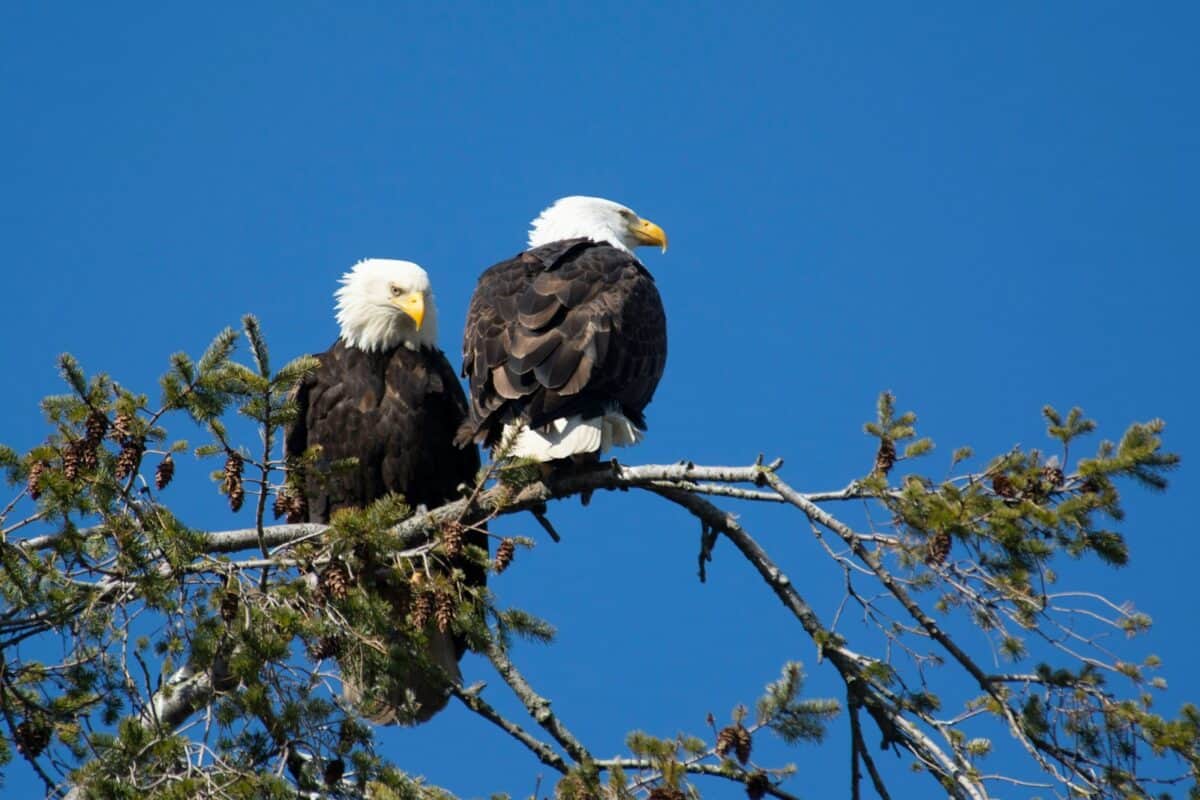In an era where urbanization and climate change are drastically reshaping habitats, it’s both surprising and fascinating to witness certain wild creatures not only surviving but thriving in unexpected locales. These resilient animals are adapting to changes and finding new homes in places we might least expect. From bustling city streets to serene suburban settings, discover how these adaptable creatures are carving out niches and thriving across America.
10. Coyotes in Urban Jungles

The elusive coyote, traditionally associated with the open prairies of the American West, is now a common sight in metropolitan areas like Chicago and Los Angeles. These resourceful canids have adapted admirably to urban settings, exploiting human infrastructure and finding abundant food sources, including small rodents and discarded human food. Their ability to adapt to these environments demonstrates their ecological flexibility and resilience.
9. Alligators Venturing North
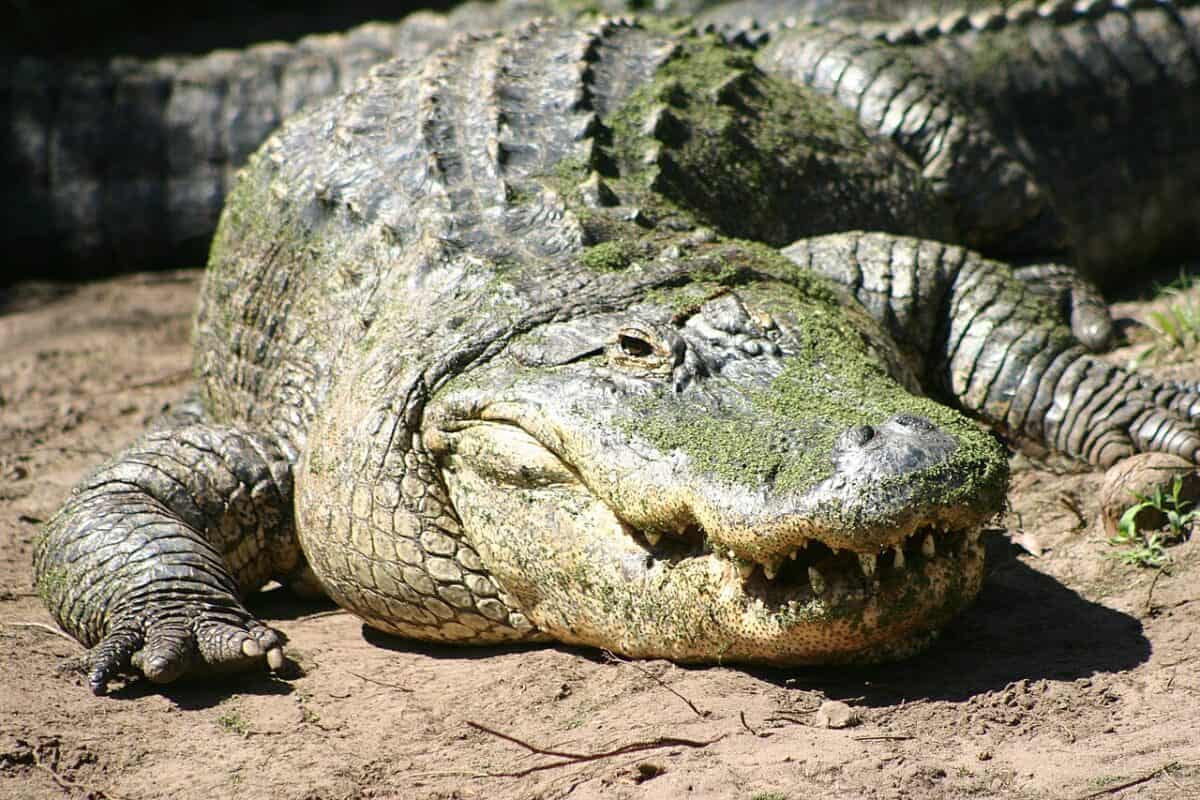
Alligators, typically found basking in the warm wetlands of the southeastern United States, have been increasingly spotted in northern locales like North Carolina and even Virginia. Rising temperatures and habitat modifications might be paving the way for these reptiles to explore new territories. While fascinating, this shift raises important questions about the long-term impact on local ecosystems and human-wildlife interactions.
8. Mountain Lions in Suburban Backyards

As development encroaches on wild spaces, mountain lions—also known as cougars or pumas—are venturing into the suburbs in search of territory and prey. Reports of big cat sightings are increasing in states like California and Colorado. Their presence in suburban areas serves as a reminder of nature’s persistence and the need for strategies to manage human-wildlife coexistence.
7. Red Foxes Adapting to Cities

The red fox is another opportunistic species that has made its way into urban environments across America. These crafty animals find city life to their liking, where they thrive on a diet of small mammals, birds, and human refuse. Their adaptability is evident in the way they navigate these bustling landscapes, employing stealth and intelligence to remain elusive and successful.
6. Bald Eagles Soaring Over Urban Centers

Once a symbol of wilderness, the bald eagle is increasingly taking to the skies over urban areas. With conservation efforts helping their populations recover, these majestic birds are finding ample nesting sites and food sources in unexpected urban locales. Their resurgence in these settings highlights the success of wildlife protection laws and the importance of habitat preservation.
5. Beavers Crafting Suburban Havens

Beavers, known for their engineering prowess, are shaping landscapes outside their traditional wilderness habitats. In states like Oregon and New Jersey, these industrious rodents have been spotted building dams and creating wetlands in suburban environments. Their activities not only showcase their adaptability but also provide ecological benefits, such as creating habitats for other wildlife and improving water quality.
4. Porcupines Roaming the Northeast
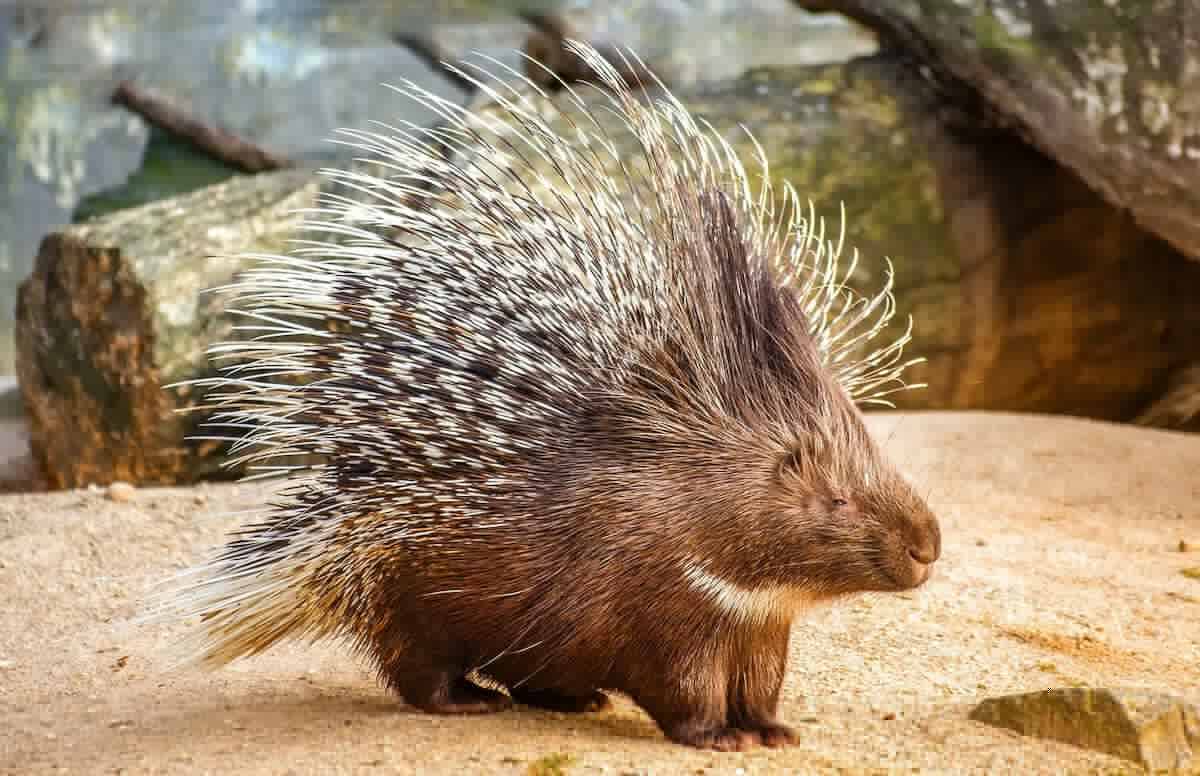
Porcupines, typically associated with the forests of the northern United States, are now making appearances in suburban areas of New England. Their nocturnal habits and arboreal nature help them remain largely unnoticed, but their presence indicates their ability to adapt to human-altered landscapes as they forage for food and seek shelter.
3. Raccoons Thriving in Urban Ecosystems

Raccoons are perhaps the quintessential urban wildlife success story, thriving in cities across the country. These clever omnivores are skilled at scavenging and making the most of human environments, often seen foraging through garbage or boldly venturing into attics and crawl spaces. Their resilience and ingenuity make them formidable urban dwellers.
2. Deer Grazing in Suburban Neighborhoods
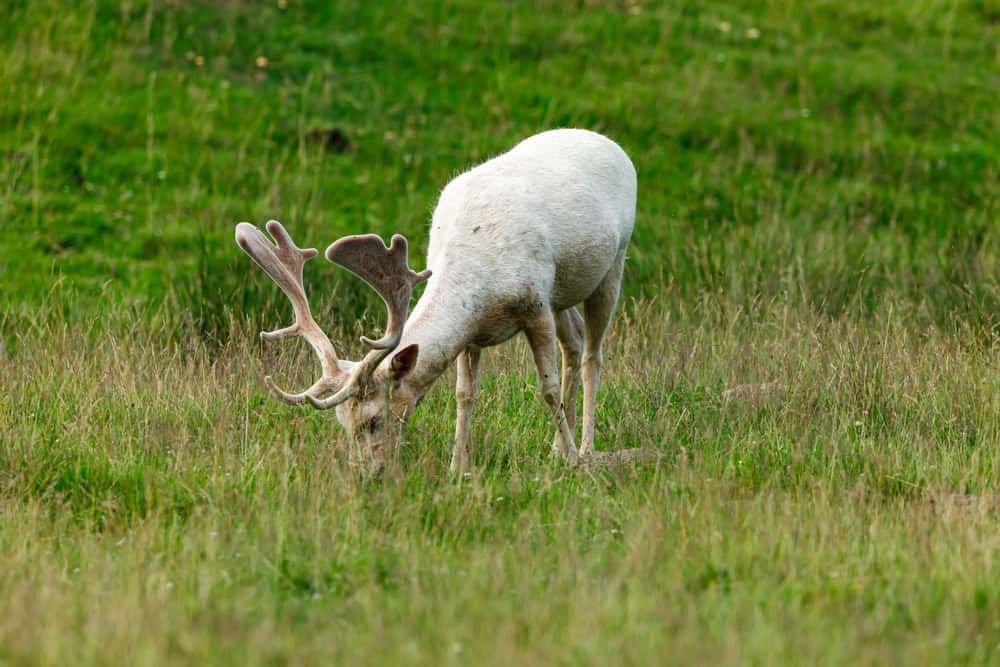
White-tailed deer have become a common sight in many suburban and even urban settings. As their natural habitats have diminished, these adaptable herbivores have learned to navigate roads, fences, and manicured lawns, often creating both picturesque scenes and challenges for residents. Their presence underscores the need for innovative wildlife management approaches.
1. Wild Turkeys Strutting in Urban Landscapes
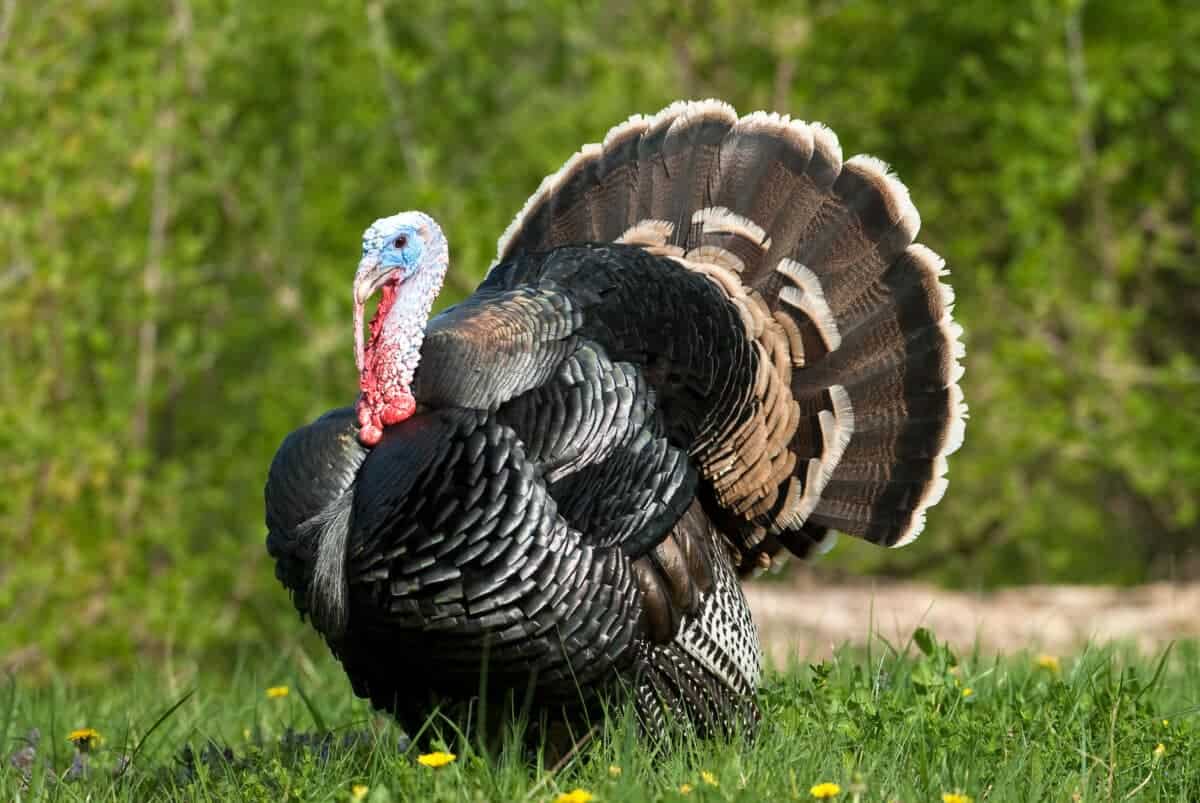
Catching a glimpse of wild turkeys strutting through city streets or suburban lawns is becoming more common in various parts of America. These large birds have adapted well to different environments, capitalizing on the food and shelter provided by human-altered landscapes. Their return to areas they historically roamed is a testament to their adaptability and resilience.
The stories of these wild creatures thriving in unexpected places serve as both a testament to nature’s resilience and a call to rethink how we coexist with wildlife. As humans continue to shape the environment, these animals are finding ways to adapt and survive. Understanding and appreciating these changes can lead to better strategies for living harmoniously with the wildlife that shares our spaces.
- 10 Wild Creatures That Are Thriving in Unexpected Places Across America - August 11, 2025
- The Unexpected Link Between Bison and Grassland Restoration - August 11, 2025
- What Time of Year Snakes Are Most Active in the US? - August 11, 2025

